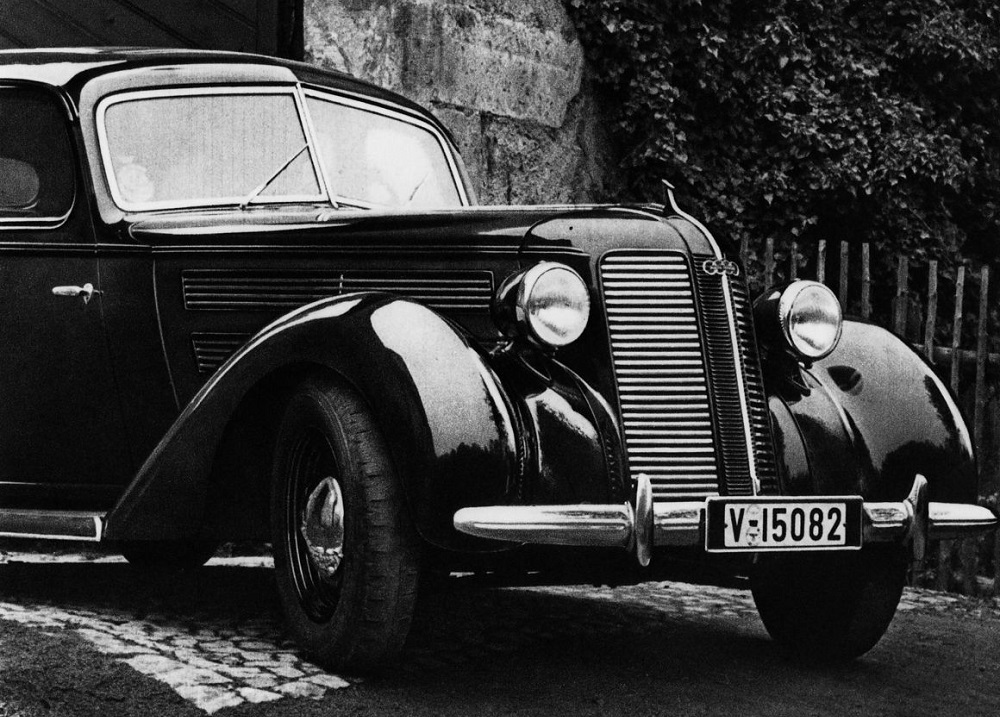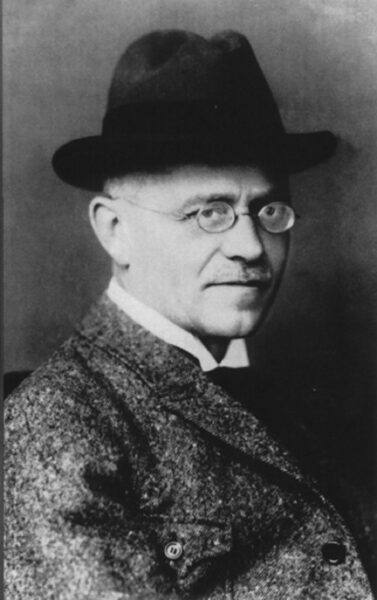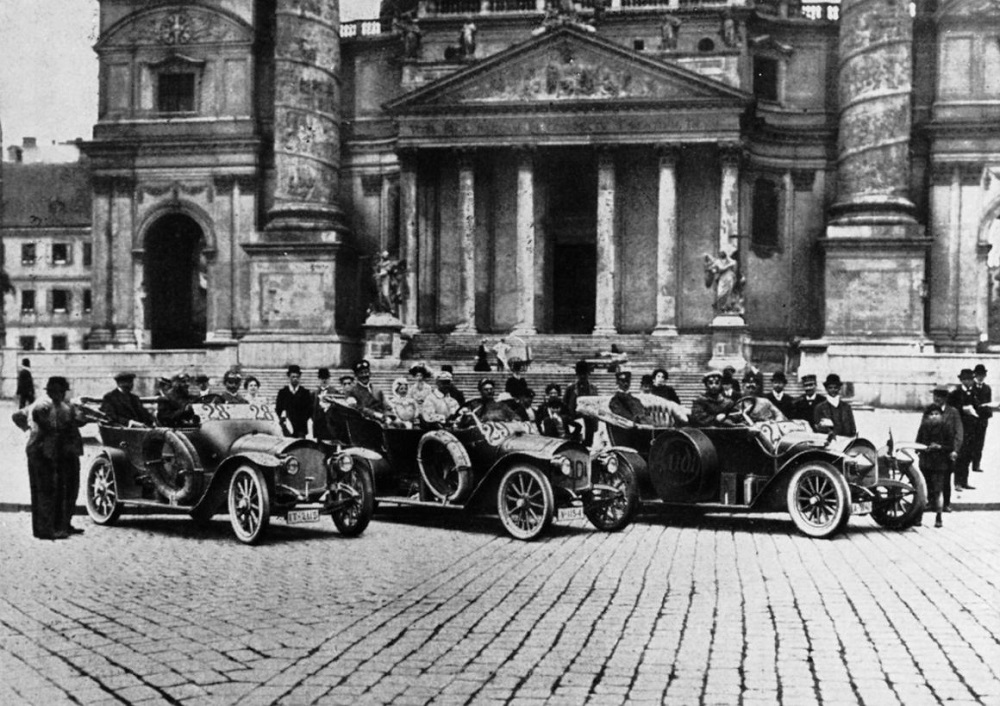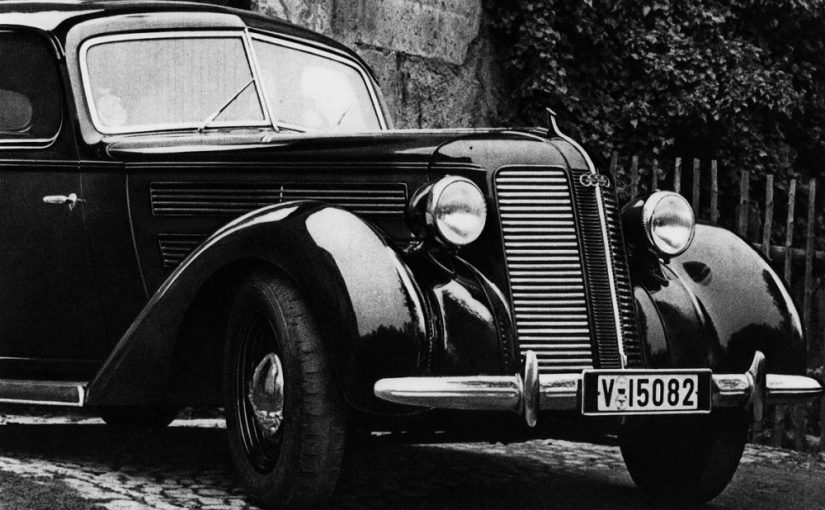
Audi history: how passion and ambition built Germany’s premier auto marque of the early 20th Century.
Vehicles bearing the Audi and Horch names were some of the finest, most premier automobiles in history during the early 20th century. By the late 1920s, the names were on sleek convertibles and luxurious limousines alike, with two things in common between all models: their smoothness and their silence. Indeed, early Audis were remarkably smooth for gasoline vehicles even by today’s standards. One could easily balance a coin on its end on a running 4-cylinder’s exhaust header, for example. Such traditions continue today, with Audi responsible for creating dozens of modern classics. But like all modern auto-manufacturing greats, Audi was born from humble beginnings, in the mind of one man with a vision.
The Emergence of a Giant
In the year 1885, German innovation was immortalized in the history books with the release of the Benz Patent-Motorwagen. The patent holder, Karl Benz, would later run the largest automobile plant of its day. However, one of his engineers, a man by the name of Dr. August Horch (pronounced “Hork”), had an entrepreneurial spirit about him. In 1896, Horch made a decision that would later create a legend in its own right. He decided to go into business for himself.

Dr. August Horch
A. Horch & Co. was founded in Cologne in 1899, with the primary directive to create the smoothest-running premiere automobiles in Germany. Horch himself was relentless in his passion for engineering excellence from the beginning. He purchased a former spinning mill in Reichenbach im Vogtland and converted it to a manufacturing plant that met his standards (a building that still stands today).
However, Horch came to disagreements with his shareholders while developing his first vehicles and ultimately parted from the company. When he tried forming a new company under the same name, he encountered legal troubles as the original Horch & Co. still owned the trademark. Horch struggled to come up with a new name and bounced ideas off his friends and business partners. His friend’s son was studying Latin at the time and suggested the name Audi, which is the Latin translation of the German word Horch, meaning, “Listen!” Horch felt it was an inspired choice, and from then on, the name was set.
The First True Audis
The first vehicle to wear the Audi nameplate was the Type A, which was completed in July 1910. Horch’s vehicles set the standard for early automotive innovation from the very beginning. The first marked deviation from its contemporaries was Audi’s trademark quiet and smooth engine. But Horch wasn’t content to stop there. With nearly every new model, another feature was released. For example, Audis were the first practical vehicle with a driveshaft as opposed to drive chains. They had engines that could propel consumer-level vehicles to over 60 miles per hour quietly and reliably. They were the first successful V12 manufacturer in the world. In September 1921, the first production car with left-hand drive left their factory. The first 15 years of Audi were indeed marked with as much technological development as the previous 30 years of bespoke automobiles.

Manufacturing standards of early Horchs and Audis were just as rigorous, with Horch’s tooling resulting in tolerances of up to one-thousandth of a millimeter. Everything down to the camshafts was still built completely in-house, at a rate of just two units per week. These handmade vehicles became the Rolls-Royces of Germany, with clients up to and including Kaiser Wilhelm I driving a Horch. Horch himself hired artists rather than car designers to pen the bodies of his new models, ensuring that his name would grace the most beautiful cars on the road. Commanding prices equal to over $300,000 today, his vehicles quickly set the standard for premier German manufacturing. Horch himself would retire in 1920. However, vehicles bearing the Horch name continued production. At their heyday, Horchs would occupy 55% of large-displacement bespoke vehicles on German roads in the 1920s.
 acquired Audi-Werke and Horch in 1928, later merging with contemporary brand Wanderer. The four-rings logo was created to represent the linking of the four companies under a single banner. The new marque was founded in 1932, appropriately named <em>Auto Union</em>. Their business model incorporated each of the strengths of the original four companies. Horch and Audi would specialize in producing performance luxury vehicles, while DKW and Wanderer would focus on the consumer market.</span></p>
<p><img alt=)
Press photos by Audi MediaCenter
